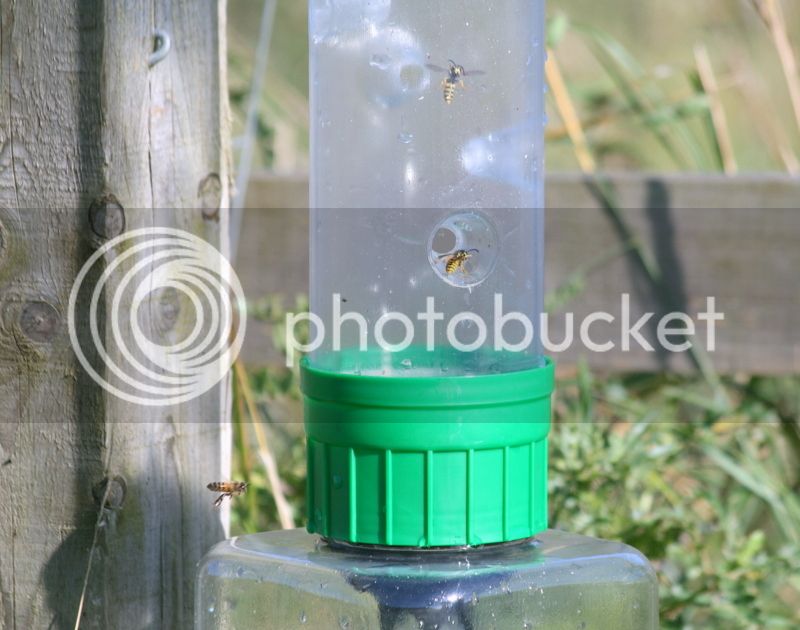<snip>
I'll leave it at that, the keyboard warriors and trolls can continue to have their say on why it's a bad thing, they need to feel they have some use in life
I have no wish to be a keyboard warrior or a troll (even if I may physically resemble one!). All I'm trying to do is share knowledge to help protect honey bees and to give beekeepers a choice of information from which they can choose what they think is in their bees best interests.
When it comes to wasp behaviour I have to take exception to your assertion that full traps mean that there will be fewer wasps in the vicinity of the traps. That just isn't the case. When wasps send out scouts to find food sources they do so 360° from their nest. Successful scouts return and recruit fellow wasps to whatever food source they find. To make this easier to explain, lets imagine that your hives represent a 10° fraction of that 360° that the scouts go out to. If you have a high efficiency wasp trap that protects your hives and successfully intercepts scouting wasps and prevents them returning to the nest then effectively that 10° becomes a Bermuda triangle - completely invisible. It means therefore that returning scouts will only be reporting on the remaining 350° so the remaining wasps will therefore fly off elsewhere other than your hives. If you use low efficiency traps then that 10° becomes a real welcoming beacon - a massive come and get it ladies! So what happens is that those wasps that would have gone out to the remaining 350° concentrate into your little 10°. The result is that you put your hives under more pressure than needs be.
As you say though, it's all about choice and I'm not trying to convert you away from what you are doing for yourself - I'm just providing an alternative for others to digest and think upon.





